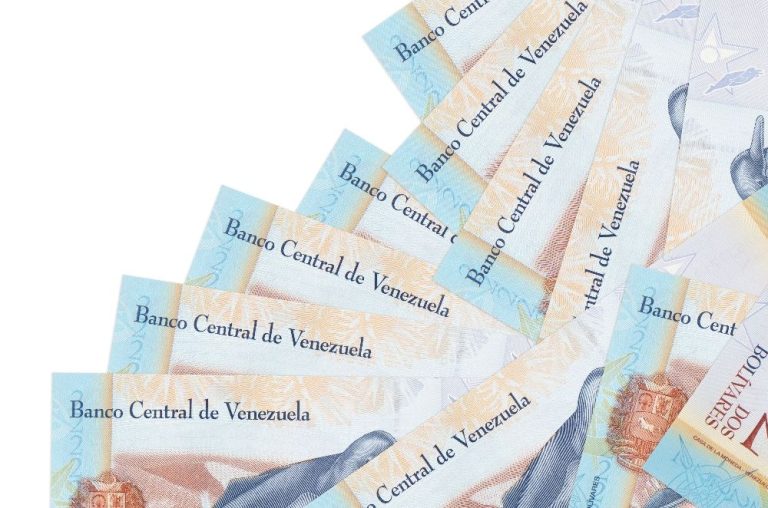Ben & Jerry’s, the iconic ice cream brand known for its social activism, filed a lawsuit on Wednesday against its parent company, Unilever, accusing the consumer goods giant of censorship and threats.
The lawsuit claims Unilever attempted to dismantle Ben & Jerry’s independent board to silence its support for Palestinian refugees amidst the ongoing war in Gaza.
This legal move underscores the growing rift between the two companies, which has deepened since Ben & Jerry’s 2021 decision to halt sales in Israeli-occupied West Bank territories, citing inconsistency with its values.
The lawsuit asserts that Unilever tried to stifle Ben & Jerry’s efforts to express solidarity with Palestinian refugees, support US student protests against civilian casualties in Gaza, and call for an end to US military aid to Israel.
“Unilever has silenced each of these efforts,” the lawsuit reads.
Unilever, for its part, stated that it would “strongly defend” itself against the accusations, dismissing the claims made by Ben & Jerry’s social mission board.
Support Israel but not all its policies: Ben and Jerry’s founders
In 2021, Ben & Jerry’s announced it would stop selling ice cream in Israeli-occupied territories, igniting significant backlash.
The move led to financial repercussions for Unilever, including the divestment of shares by US pension funds and shareholder lawsuits.
The company, co-founded by Bennett Cohen and Jerry Greenfield, has voiced its views on topics such as environmental sustainability, economic inequality, and peace initiatives.
The founders, both “proud” Jews, stated in a 2021 New York Times article that their support for Israel does not preclude opposition to certain policies, paralleling their criticism of US policies.
A history of activism and conflict
Ben & Jerry’s has a longstanding reputation for taking bold stances on political and social issues, dating back to the 1980s.
The company’s first significant foray into political issues began with advocating for reduced US military spending and opposing the 1991 Persian Gulf War.
Over the decades, the brand has taken positions on numerous issues, including climate change, marriage equality, racial justice, and criminal justice reform.
In 2013, Ben & Jerry’s publicly backed same-sex marriage, launching a special flavor, “Apple Pie,” to signal its support.
Similarly, following George Floyd’s murder in 2020 and the subsequent Black Lives Matter protests, Ben & Jerry’s released a powerful statement titled We Must Dismantle White Supremacy.
This statement urged the US Congress to pass HR 40, aimed at studying the effects of slavery and discrimination.
More recently, shortly after the results of the US presidential election were announced, the ice cream maker released a detailed statement titled ‘The 2024 Election Is Over, But The Work Isn’t,’ reiterating its support for causes such as access to abortion, stronger gun laws, and ending arms sales to Israel, among others.”
“Ben & Jerry’s will continue to unapologetically support the advocates who champion the above agenda regardless of who sits in the Oval Office,” it said.
(Unit sales of the leading ice cream brands in the United States in 2023, Source: Statista)
Using ice cream flavor as a means to take a stand
Ben & Jerry’s has consistently used creative ways to amplify its messages, including special edition flavors with political undertones.
In 1988, the company launched Rainforest Crunch to support Amazonian nut cooperatives.
The Peace Pop, also introduced in 1988, promoted 1% for Peace, a nonprofit founded by Ben & Jerry’s owners promoting international peace efforts.
Other notable flavors include Yes Pecan!, a nod to Barack Obama’s campaign, and Pecan Resist, which protested President Trump’s policies around racial and gender equity, climate change, LGBTQ rights, and refugee and immigrant rights.
The “Change Is Brewing” flavor, launched in partnership with Black-owned businesses, supported US Representative Cori Bush’s police reform bill.
The company’s liberal stance on the Iraq War in the early 2000s led to a counter-response from some conservatives, who formed Star Spangled Ice Cream- and marketed the company as a conservative alternative to Ben & Jerry’s.
This new entrant featured flavors like “Smaller Governmint” and “Navy Battle Chip,” playing on conservative ideas.
A culture of corporate activism
The company’s commitment to social justice extends to its leadership structure.
Ben & Jerry’s head of global activism strategy, Christopher Miller, described in a 2021 Harvard Business Review interview how the activism team collaborates closely with marketing to ensure that advocacy aligns with the brand’s voice.
The company’s activism efforts are managed by a dedicated team that increases its activity during significant social or political moments.
Ben & Jerry’s approach contrasts with the often cautious corporate responses seen from many other brands.
While most companies aim to avoid controversy, Ben & Jerry’s has cultivated credibility in activism through its unwavering commitment over the years.
“We believe business is among the most powerful entities in society. We believe that companies have a responsibility to use their power and influence to advance the wider common good. Over the years, we’ve also come to believe that there is a spiritual aspect to business, just as there is to the lives of individuals. As you give, you receive,” the founders said in the NYT article.
Bouquets and brickbats
Ben & Jerry’s activism has not been without consequences.
The company’s 2021 move related to halting sales in West Bank led to financial repercussions for Unilever, including the divestment of shares by US pension funds and shareholder lawsuits.
In 30 US states, regulations prohibit pension funds from investing in companies that refuse to conduct business with Israel.
Texas’s comptroller of public accounts, responsible for managing billions in public pension fund assets, took steps to blacklist Ben & Jerry’s if it was found to violate these laws.
Besides, the president of Israel called the move “a new kind of terrorism” that would have “serious consequences” for the company.
Also, while many consumers appreciate the company’s commitment to progressive values, others view its actions as overly political or divisive.
It has also led to calls for boycotts and sparked debates about the role of corporations in social and political issues.
For some critics, Ben & Jerry’s involvement in international politics undermines the neutrality of business, while others argue that companies should use their platform to advocate for social change.
“In many cases, skepticism about corporate activism, of its performative nature and limited impact, is justified. But sometimes that kind of activism is all we have,” said Nesrine Malik, a Guardian columnist in a 2021 column.
“Ben & Jerry’s almost certainly conducted a rational cost-benefit analysis and found that such a move may harm the company, but not annihilate it,” she said.
The post The many flavors of Ben & Jerry’s corporate activism appeared first on Invezz










